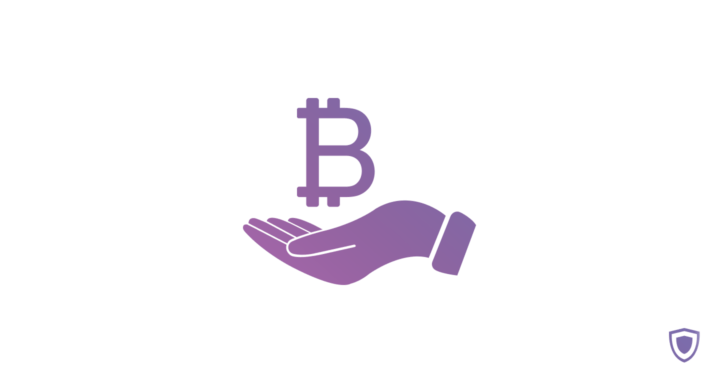Non-custodial wallet – what are the benefits?

Having a non-custodial cryptocurrency wallet is basically equal to keeping your funds secure and out of the third-party influence. In this article, Guarda explains the difference between custodial and non-custodial services.
Introduction – custodial vs. non-custodial
Guarda Wallet team always talks about the importance of non-custodial wallets. However, if you are new to the crypto space, you might not know how to spot one or what is the actual difference between custody-free and custodial wallets. One of the most important things in the crypto space is security – this is why everyone embarking on the crypto adventure needs to learn some security lessons. Also, these lessons are much better to be learned from harmless articles, not from losing your crypto savings.
There are hundreds of wallet providers and exchanges offering cryptocurrency storage solutions. What some crypto newcomers might not understand yet is that there is truly a significant difference between custodial and non-custodial services. Unfortunately, some stories like Quadriga prove the importance of knowledge. Let’s break it all down together so nobody has to learn the hard way.
Custodial wallet – how does it work
Most exchanges and buying/selling platforms offer their crypto storage services – the very majority of them are custodial. When we say that something is custodial it means that a third party (for instance, an exchange), offers to protect your digital assets within their system. The important feature here is: when you are using a wallet provided by your exchange, you are not in 100% control of your crypto coins and tokens. One of the major pieces of wisdom in the crypto world states “if you don’t own your keys – you don’t own your coins”. Originally said about Bitcoin BTC, this is true for any cryptocurrency held in a custodial wallet. Of course, it is not all black and white: custodial services help their users in case of forks or other big happenings. However, if you are one of the people with a mindset similar to ours, you might not want anyone else controlling your funds.
Besides the fact that you are not the only owner of your crypto wallet, there is one more issue nobody can help. Custodial data storage means that you can be locked out of your wallet, blocked or your information can be leaked somewhere you do not want it to be.
Non-custodial wallet – keep your keys to yourself
Custody-free wallets are the complete opposite of what we have covered in the previous paragraph. Non-custodial services allow their users to own and fully manage their private keys and data. Usually, the wallet will let you download a private key file (in case you need it) or a mnemonic phrase. If you are in charge of your private keys, you are in charge of your funds. Being in control, however, means that you have to be accountable for every step you take. Whatever your actions are, you cannot blame ay third-parties in interfering with your wallet functions. This drawback is easily solvable if you take your crypto possession seriously – store your backup securely and never share your private key with anyone.
How to set up a non-custodial wallet?
If you have already made your decision in favour of non-custodial wallets, all you have left to do is create one. This is where Guarda Wallet steps in. Cryptocurrency wallets provided by Guarda vary in platforms but are all custody-free. What you can currently choose from is:
- Web Wallet
- Desktop Wallet (Linux, Windows, MacOS)
- Mobile Wallets for iOS and Android
- Chrome Extension WalletGuarda Wallets support over 40 major blockchains – starting with Bitcoin, Ethereum, Litecoin and Monero and over 10.000 cryptocurrency tokens. Besides, we have supported some great special features of the coins we work with!
In here, we will describe how to set up a Web Wallet (possibly, the best version to get you started).
- Go to the main page of Guarda’s Website and click Create a Wallet.
- Proceed by choosing to create a new wallet on the welcome screen.
- Think of a strong password to protect your wallet with. You can use our cryptocurrency wallet password guide to help you secure your funds.
- Download your backup to a secure place.
- Your non-custodial wallet is all set up! Enjoy security and convenience with Guarda!
Note: securing your wallet backup is a very important step in this process. As Guarda wallets are non-custodial, you are the one to manage the backup and make sure it is stored securely. The backup, along with the password, is essential to access your wallet – do not lose it!